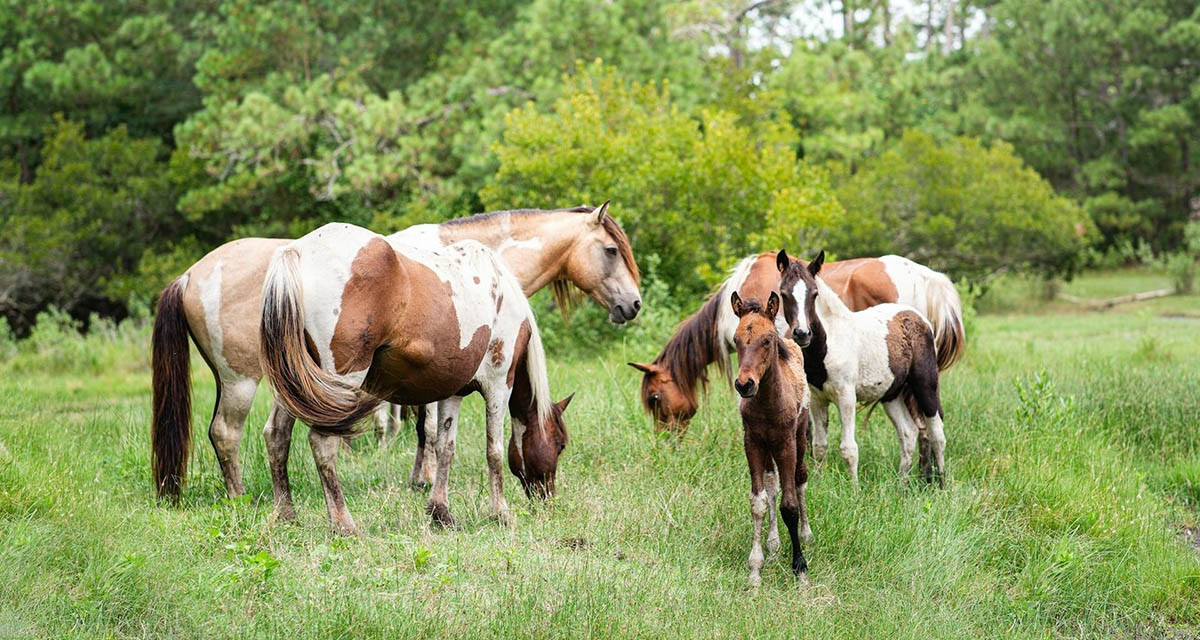
White Patterns
White patterns are genes that can appear on any coat color, with many of the genes presenting as white patches of hair with pink skin. White patterns can range from very minor to essentially covering the entire body in one large white spot, as seen with dominant white. There are many genes that cause white patterns, including frame overo, leopard complex, splashed white, and many alleles under the KIT locus.
Frame Overo
Frame Overo consists of white patches throughout the body that don't cross over the back of the horse, and it can also cause large white blazes on the face. Frame overo can "hide" by presenting itself very minimally as just a blaze or blue eyes. When two horses who carry frame are bred together, there is a 25% chance of producing a homozygous carrier. In its homozygous form, the resulting horse is born with Overo Lethal White Syndrome (OLWS). This is a fatal condition caused by a mutation in the EDNRB gene which results in an underdeveloped colon. Because of the nature of frame overo, it is essential to color test to determine if a horse carries frame before it is bred.
Overo (Minimal)
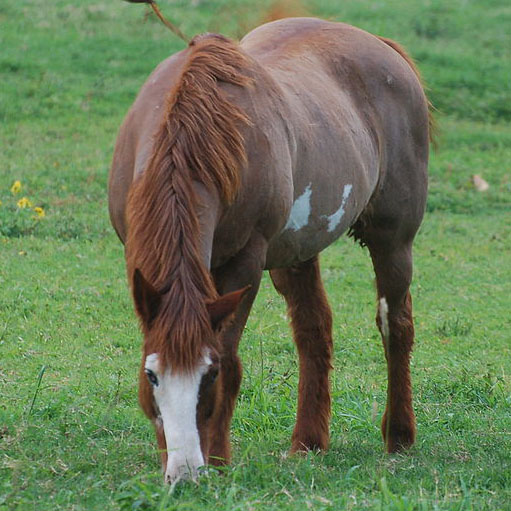
Overo
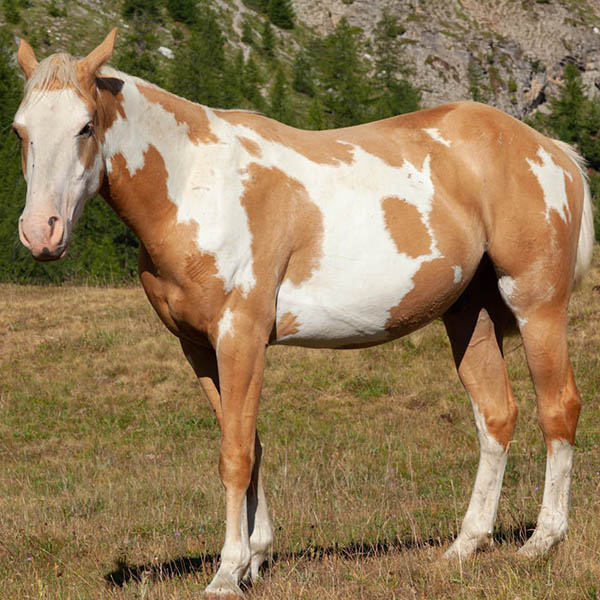
Lethal White
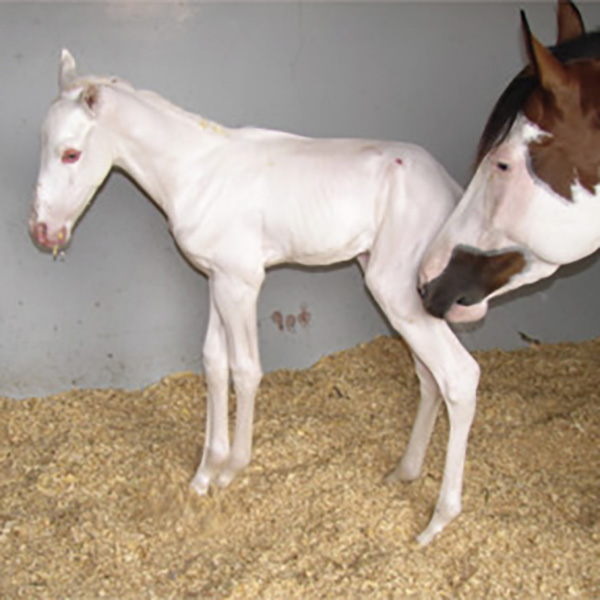
Leopard Complex
Leopard complex is a spotting pattern in horses that causes white patterning, pigmented spots, mottled skin, striped hooves, visible white sclera in the eyes, and sometimes a loss of pigment in the coat over time called varnish. Leopard complex can also cause color shifting in horses over time. For example, a horse born black may visually look red. In its homozygous form (LP/LP), leopard complex has been associated with Congenital Stationary Night Blindness (CSNB) which affects their ability to see in low light.
Leopard

Blanket
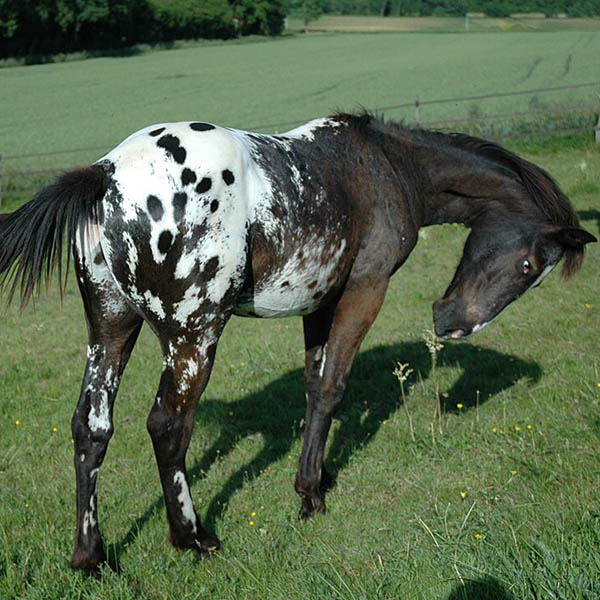
Varnish
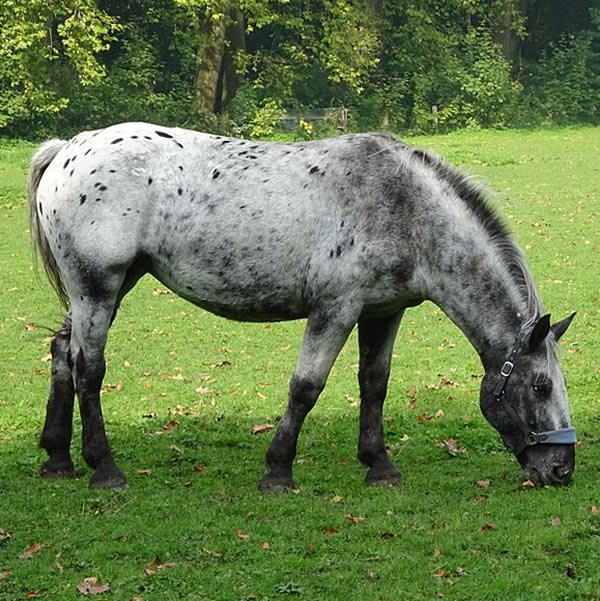
Splashed White
Splashed white is characterized by large white markings on the face, legs, and belly of the horse. Splash may present minimally or extensively, with white markings nearly reaching the back of the horse. Horses with splash also have blue eyes. The genes responsible for splash include the PAX3 gene (SW2 and SW4) and the MITF gene (SW1, SW3, SW5, SW6, SW7, and SW8).


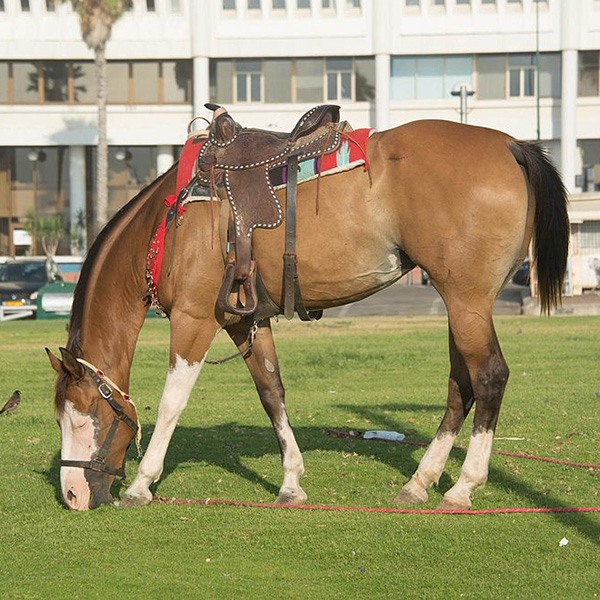
KIT Alleles
The KIT gene is responsible for tobiano, roan, dominant white, and sabino-1. A horse may only present with two of these alleles at a time. For example a horse may be heterozygous for tobiano and roan (TO/RN), but it may not be homozygous for either. KIT is also closely linked to the Extension gene, which means that the alleles are passed on together. For example, an E/e TO/n horse will be more likely to pass on either E + TO or e + n as a pair.
Tobiano
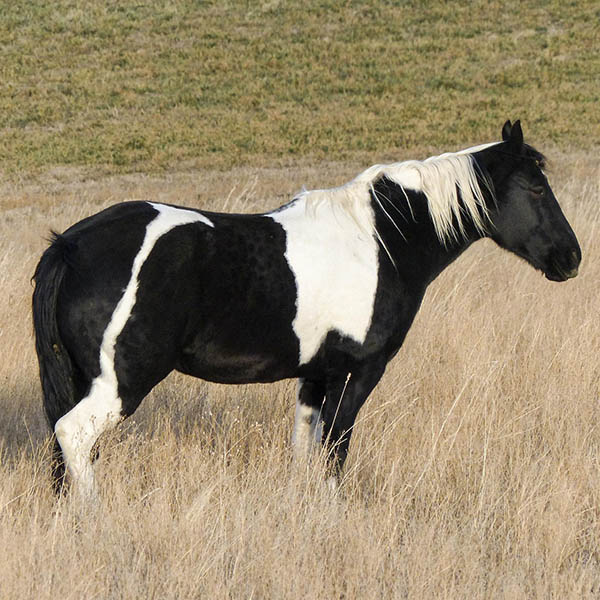
Roan
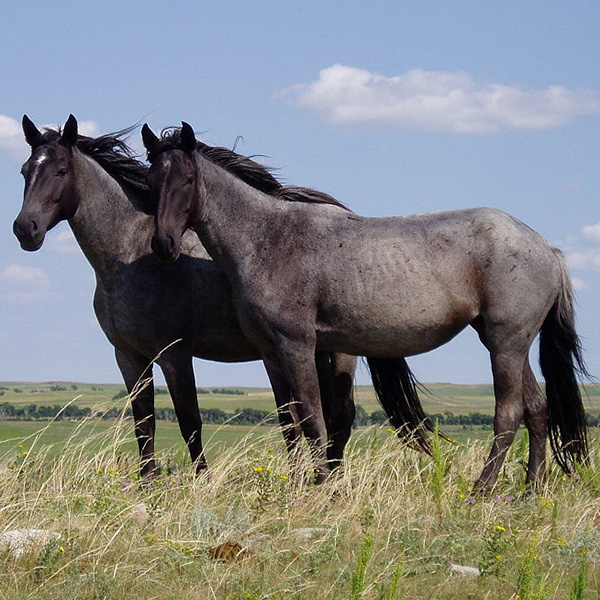
Dominant White (W5)
